A comprehensive study published in Nature Climate Change reveals that over the last two decades, Greenland’s peripheral glaciers have retreated at a rate twice as fast as in the 20th century. These glaciers, though covering only about 4% of Greenland’s glaciated area, contribute significantly (approximately 14%) to the island’s ice loss. This rapid downwasting is evident across various Greenlandic regions, irrespective of the diverse climate and glacier characteristics.
Historical aerial photos, dating back to the 1930s and including over 200,000 images, have been instrumental in documenting this change. Combined with satellite imagery, they offer a detailed view of the retreat of over 1,000 land-terminating glaciers in Greenland. This data shows that about 87% of the glaciers studied have experienced their highest rates of retreat in the 21st century.
The retreat is unprecedented, suggesting a critical response to recent warming. Importantly, the findings underscore the urgent need for climate action to limit global temperature rise, as these glaciers are indicators of broader Arctic changes due to anthropogenic climate change.
Read More: Nature Climate Change

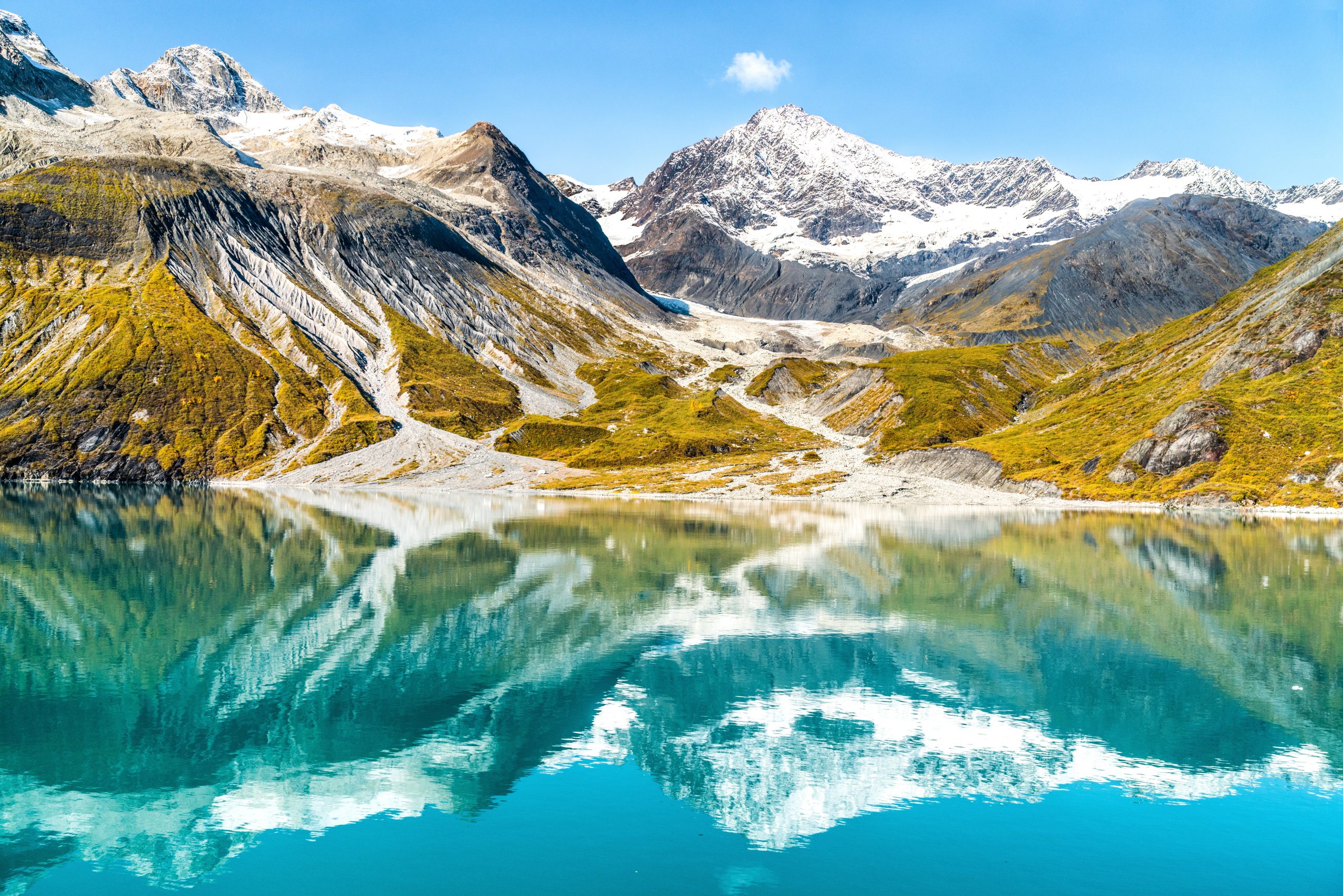
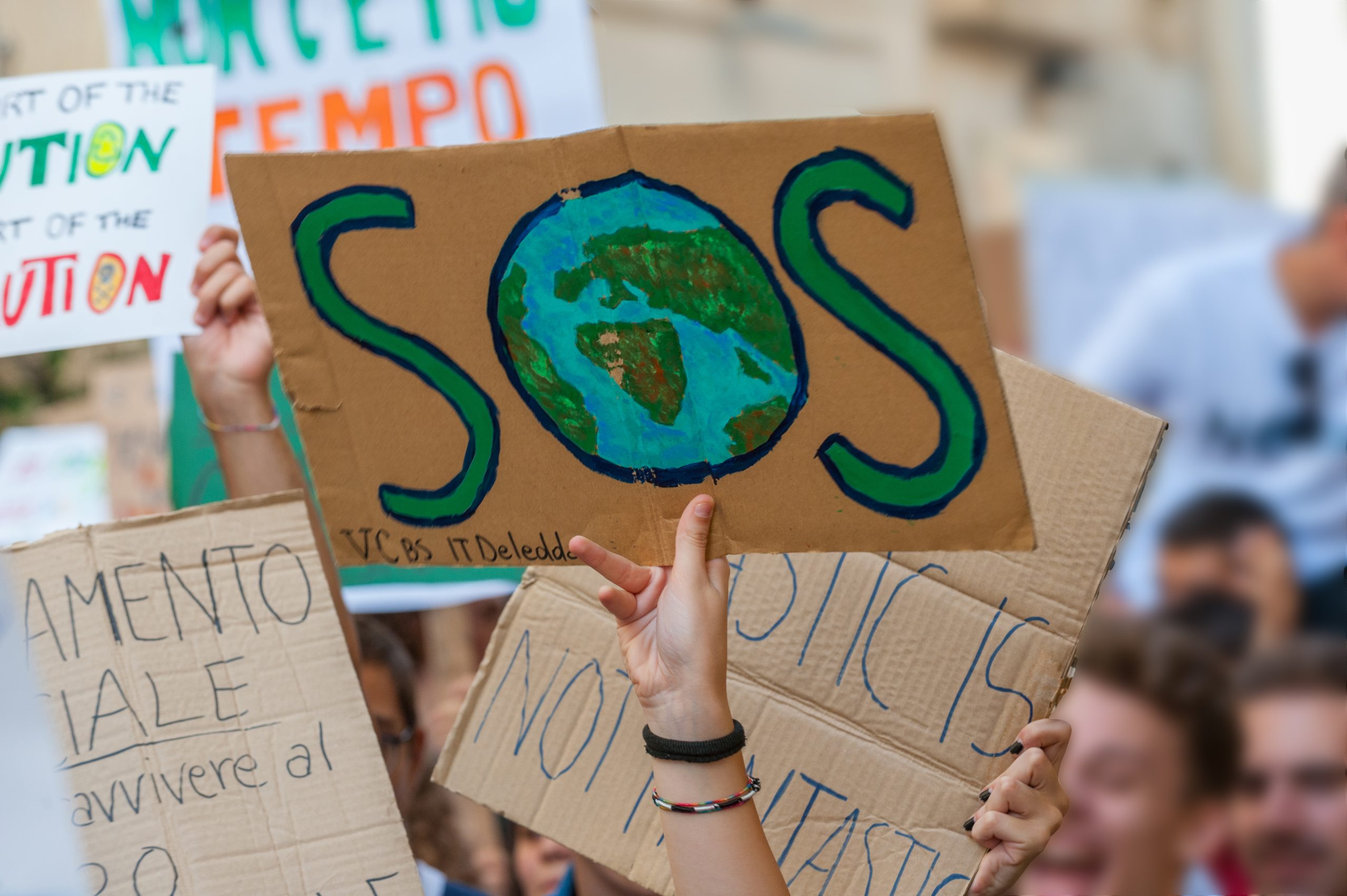
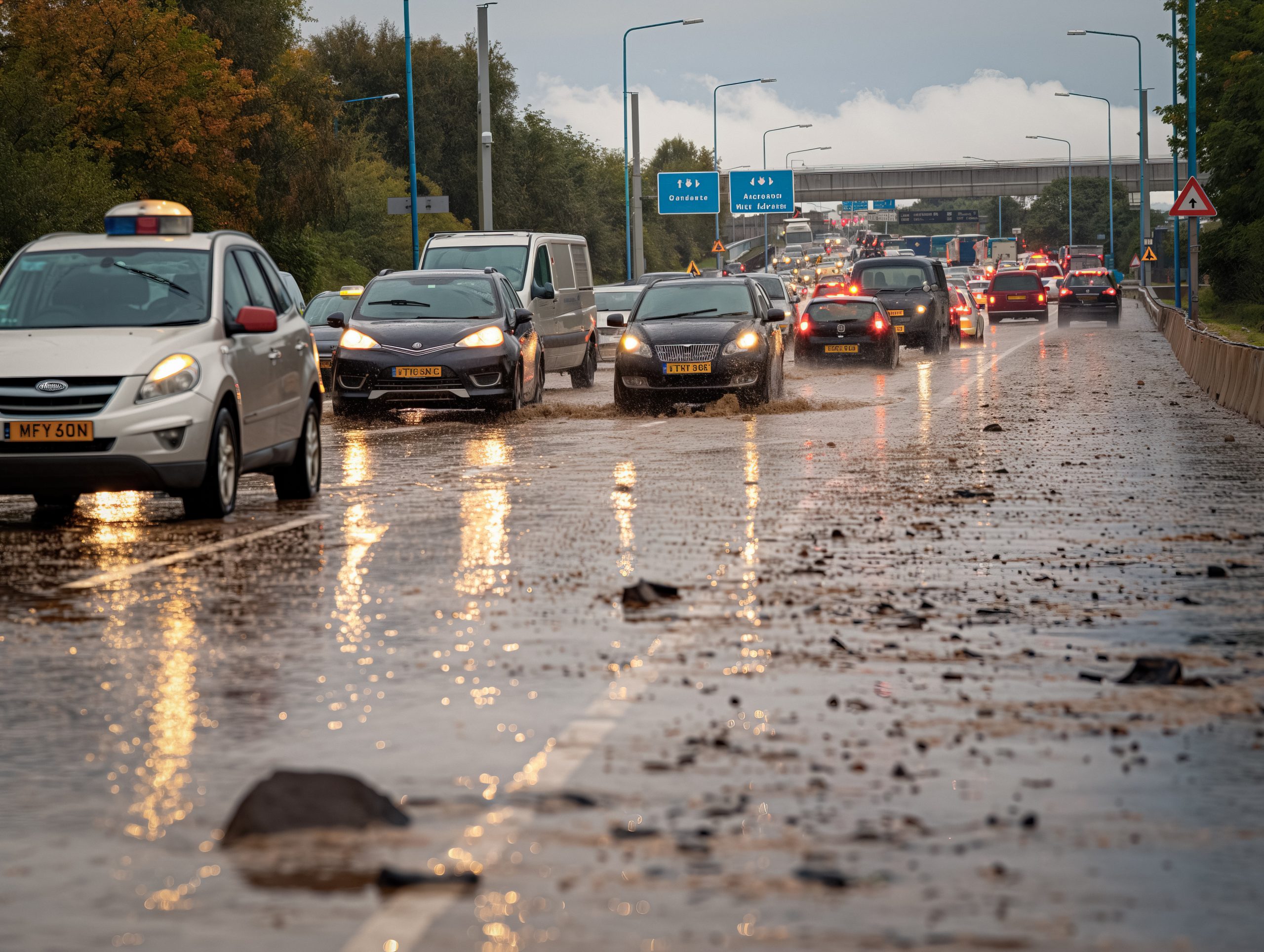
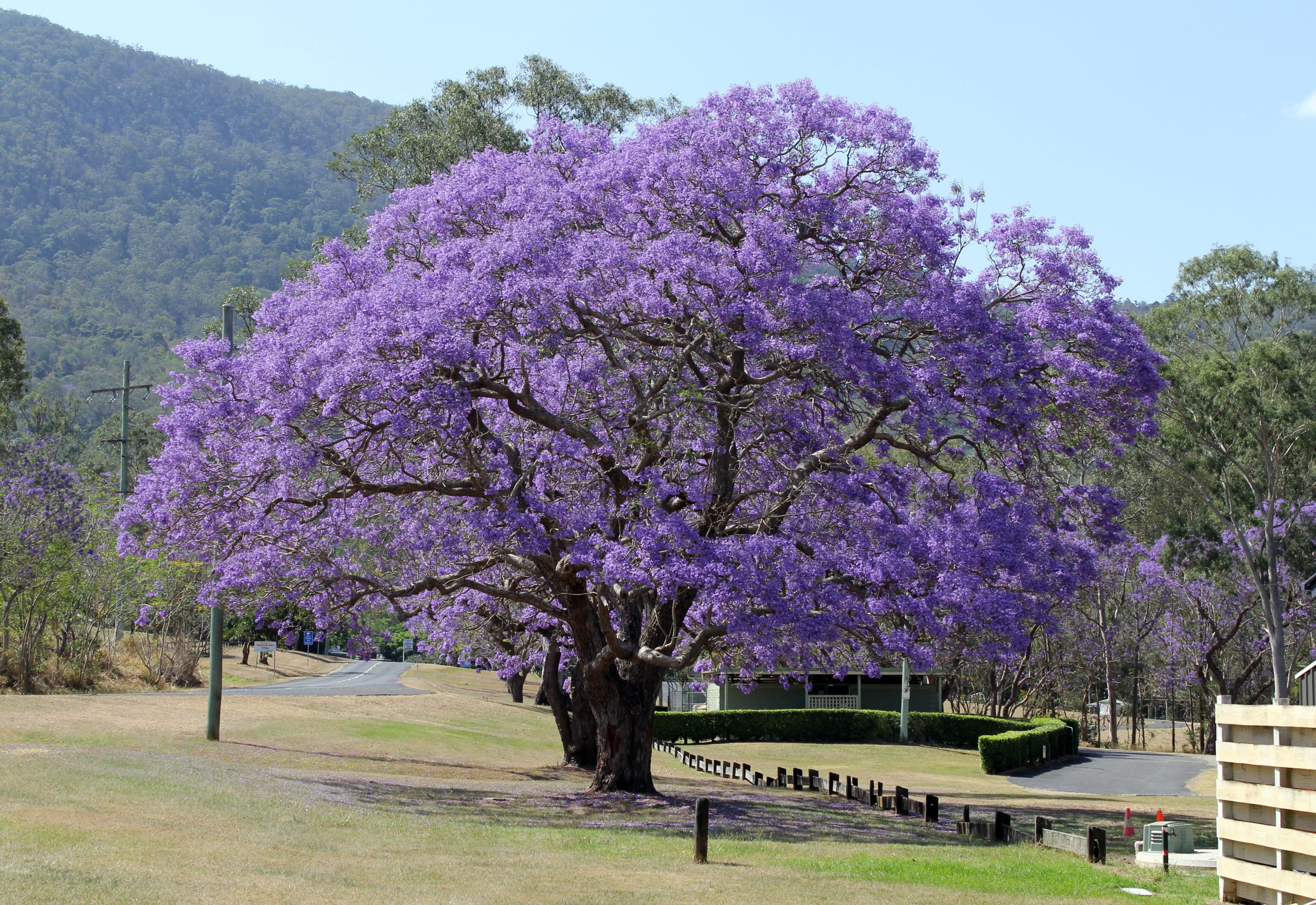
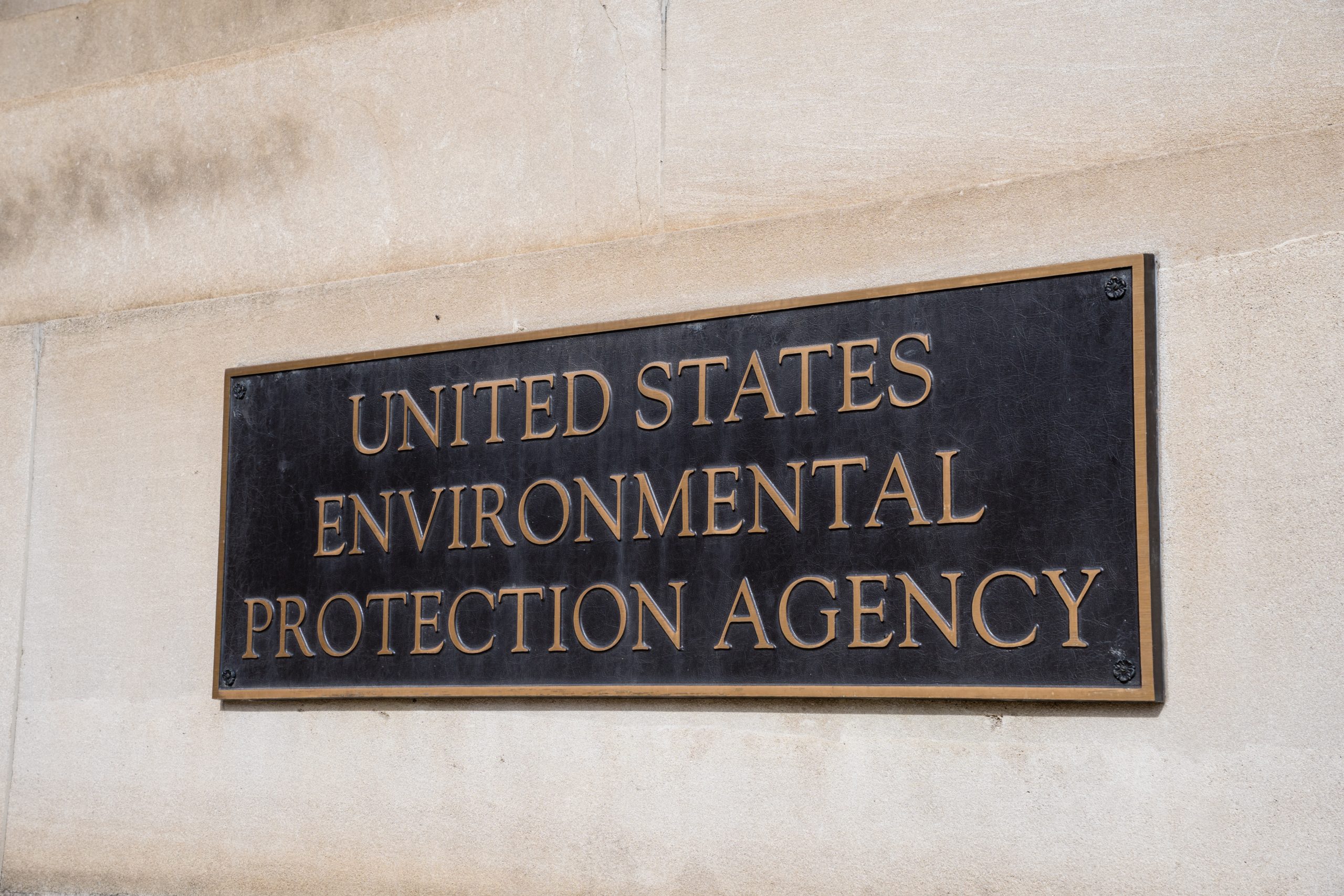
13 thoughts on “Greenland’s Glacial Retreat Hits a New High in the 21st Century”
Comments are closed.